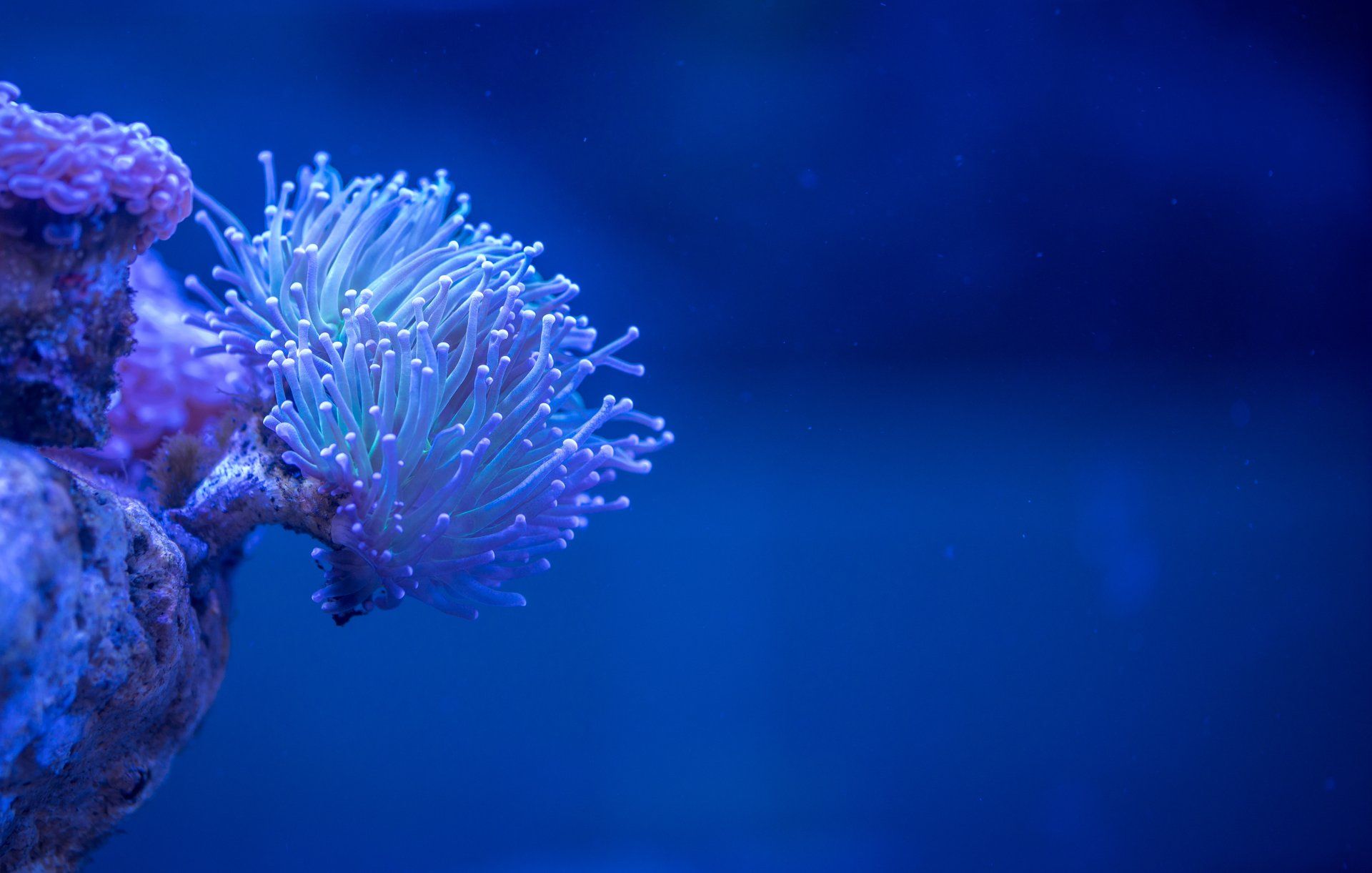Effective Purification Technology: A Solution to High Nitrate Levels in Aquariums
How to Solve The Nitrate Issue in Aquariums

Nitrate levels in aquariums can be a common issue for fish tank owners, as high nitrate levels can have negative effects on the health and well-being of the aquatic life. Nitrates are formed as a result of the breakdown of fish waste, uneaten food, and other organic matter, and while they are not harmful in small amounts, high levels can lead to problems such as algae blooms, reduced oxygen levels, and decreased fertility.
Fortunately, there are several effective purification technologies available that can help to reduce and control nitrate levels in aquariums. In this article, we will explore some of the most effective methods for solving high nitrate levels, including:
- Nitrate-removing media
- Live plants
- Regular water changes
- Nitrate-reducing bacteria
Nitrate-removing media
One of the most popular methods for reducing nitrates in aquariums is the use of nitrate-removing media. This type of media is designed to absorb and remove nitrates from the water, helping to keep levels in check. There are several different types of nitrate-removing media available, including resin-based media, which can be placed in a filter or used as a standalone product, and ceramic media, which can be added to a filter or used in a media bag.
Live plants
Another effective way to control nitrate levels in aquariums is by using live plants. Not only do live plants help to oxygenate the water and provide a natural habitat for fish, but they also absorb nitrates as part of their natural growth process. Some of the best plants for reducing nitrates in aquariums include water lettuce, hornwort, and Java fern.
Regular water changes
One of the simplest and most effective ways to reduce nitrate levels in an aquarium is by performing regular water changes. By replacing a portion of the water on a regular basis, you can help to dilute the concentration of nitrates and other contaminants, helping to keep levels in check. It is generally recommended to perform a water change of at least 25% every week or two.
Nitrate-reducing bacteria
Another option for reducing nitrate levels in aquariums is the use of nitrate-reducing bacteria. These bacteria are designed to break down nitrates and other organic compounds, helping to keep levels in check. Nitrate-reducing bacteria can be added to the aquarium in the form of a liquid or dry culture, and are generally easy to use and maintain.
In conclusion, high nitrate levels in aquariums can be a common issue for fish tank owners, but fortunately, there are several effective purification technologies available that can help to solve this problem. By using nitrate-removing media, live plants, regular water changes, and nitrate-reducing bacteria, you can help to reduce and control nitrate levels in your aquarium, ensuring the health and well-being of your aquatic life.




